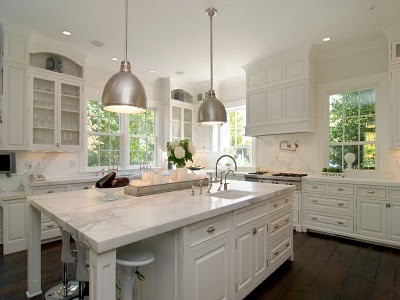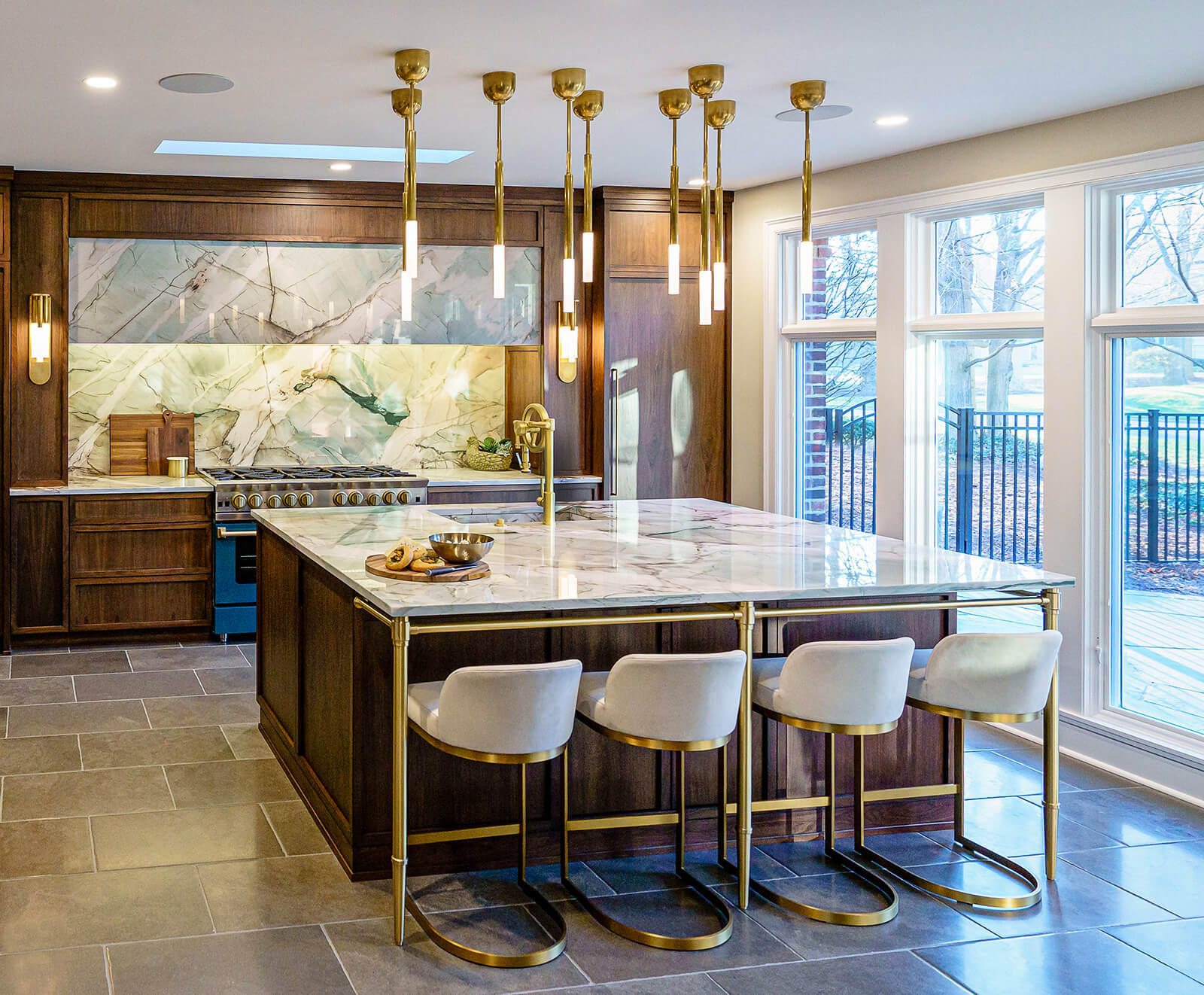Discover Timeless Options in Standard Legs For Kitchen Island Styles
Discover Timeless Options in Standard Legs For Kitchen Island Styles
Blog Article
Essential Factors to Consider When Selecting Legs For Cooking Area Island
Picking the proper legs for a kitchen area island includes a careful assessment of numerous aspects that can substantially influence both functionality and visual charm. Among these, the choice of product plays a critical function in making certain resilience, while the design must match the existing decoration. Furthermore, factors to consider such as elevation and weight support are essential for security and comfort. As we check out these components, it ends up being clear that each decision can have far-ranging ramifications for the total kitchen area experience. What subtleties should be thought about in each of these categories to accomplish the perfect equilibrium?
Product Options
When selecting legs for a kitchen area island, recognizing the various material alternatives is essential for accomplishing both visual allure and structural stability (Legs For Kitchen Island). The selection of product significantly influences not just the durability of the island but likewise its total layout and functionality
Wood is a prominent option, supplying warmth and versatility. Solid hardwoods, such as oak or maple, supply toughness and can be tarnished or repainted to match the kitchen design. Metal legs, typically made from stainless-steel or functioned iron, add a industrial and modern feel while ensuring sturdiness and stability. These materials are resistant to use and can support considerable weight, making them optimal for larger islands.
An additional alternative is crafted materials, like MDF or plywood, which can be much more affordable while still offering a range of coatings. Nonetheless, they might not offer the same degree of stability as solid wood or steel. Materials such as acrylic or glass can develop a contemporary appearance, though they might need additional support to ensure security.
Eventually, the option of product for kitchen area island legs must line up with the desired capability and the total theme of the kitchen area.
Design And Style

When thinking about design, the form and surface of the legs are important. Conical legs can give a feeling of agility and style, while thicker, extra durable legs can share toughness and security. Furthermore, the surface-- be it painted, tarnished, or all-natural-- need to enhance the kitchen cabinetry and kitchen counter products to produce a unified look.
Moreover, the design of the legs can also mirror individual taste. Customized or decorative legs, such as those featuring detailed makings or special geometric shapes, can act as prime focus, including character and personality to the kitchen. Ultimately, the ideal selection will not just enhance performance yet likewise raise the aesthetic charm, making the kitchen area island a standout feature of the home.
Elevation Factors To Consider
Picking the suitable elevation for kitchen island legs is vital, as it directly affects both capability and comfort. The common Related Site elevation for a kitchen area island commonly ranges from 36 to 42 inches, lining up with usual countertop heights.

It is likewise vital to account for customers' preferences and heights. Tailoring the height can ensure a comfy experience for all member of the family, making the kitchen area island a more delightful and practical area.
Weight Assistance
Making sure adequate weight assistance for kitchen island legs is essential for both security and capability. The kitchen area island often offers multiple functions, consisting of cooking, eating, and additional storage, requiring a durable assistance framework. When selecting legs, it is important to hop over to these guys consider the general weight ability needed based upon the island's intended use and the products that will be put on it.
The selection of material for the legs plays a considerable duty in their weight-bearing capabilities. Strong timber, metal, and durable compounds generally offer premium strength compared to lighter products. In addition, the design of the legs-- whether they are directly, tapered, or have a pedestal type-- can affect their ability to distribute weight successfully throughout the framework.
Moreover, the leg placement must be purposefully planned to enhance stability. Legs positioned at the edges or with a bigger base can much better support heavier loads. Always seek advice from the supplier's specifications regarding load limitations to make sure that the legs can maintain the desired weight without endangering safety and security. In recap, picking kitchen island legs with sufficient weight support is important for producing a risk-free and practical culinary space.
Installment and Maintenance
Appropriate installation and upkeep of kitchen island legs are essential for making sure longevity and security. This often includes securing the legs to the island base utilizing appropriate bolts, ensuring that the legs are degree and straightened.
When mounted, regular upkeep is required to protect the stability and appearance of the legs - Legs For Kitchen Island. For wooden legs, routine cleaning with a moist towel and application of suitable timber gloss can avoid dampness damages and maintain their surface. Steel legs may need a mild cleansing service to eliminate oil and grime, complied with by a completely dry towel to stop corrosion development
In addition, evaluate the legs regularly for signs of wear or damage, such as cracks or loose joints. Tightening up screws or bolts as needed can additionally lengthen the lifespan of the legs. By sticking to these installation and maintenance methods, property owners can guarantee that their kitchen island continues to be durable and aesthetically appealing for many years to come.
Final Thought

Aesthetic coherence is vital in picking the style and design of legs for a kitchen area island, as these aspects substantially influence the overall ambiance of the room. Conical legs can give a sense of lightness and beauty, while thicker, a lot more durable legs can communicate toughness and security.Picking the ideal elevation for cooking area island legs is crucial, as it directly impacts both functionality and comfort. In summary, selecting kitchen island legs with adequate weight support is important for creating a safe and functional cooking room.
In verdict, picking legs for a kitchen area island requires cautious consideration of various factors, including product choices, style, height, weight support, and installment.
Report this page